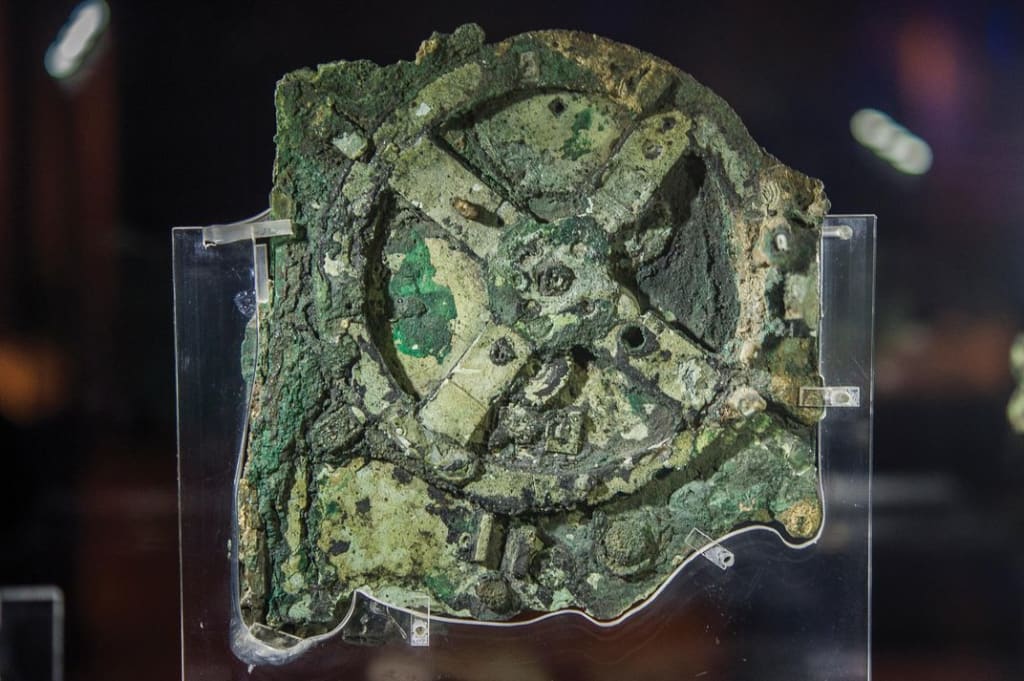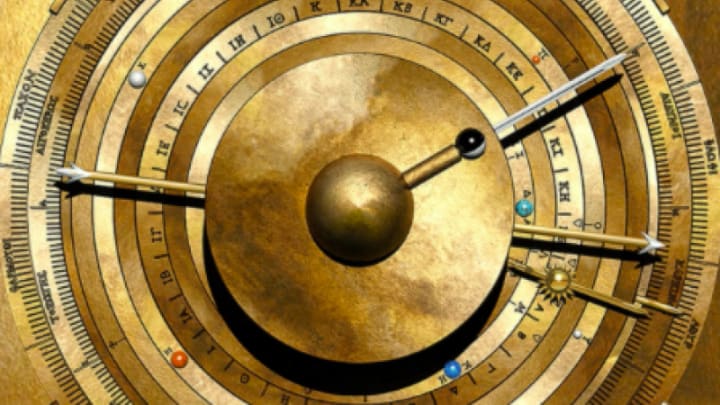They recreate the classic Cosmos from the enigmatic Greek time machine 2,000 years later
Cool and unique, Antikythera, found in 1901, is considered the first analog computer in history.

One of the greatest and most fascinating enigmas of archeology is a little less so after the last effort to decipher it. The Antikythera machine, identified as Greek and more than 2,000 years old, is only the size of a shoebox but the complexity it houses has made it, after decades of study, considered the first analog computer in history.
Now, a group of researchers presents the reconstruction of its front plate and the internal mechanisms, incredibly complex and small for the time. It is a representation of the Universe as the ancient Greeks saw it - the Cosmos - and its solution represents an important piece of the puzzle that is still represented by this bronze mechanical device that for experts is a time machine, a manual astronomical calculator that it had at least 30 gears.
Many things can be said about Antikythera, such as that it is the most complex piece of engineering from Antiquity that has survived, that it is unique because nothing like it has been found, and, above all, that it is extremely difficult to study, although there are research projects exclusively dedicated to this. It is believed that what was recovered, logically very deteriorated, represents only a third of the original machine and currently consists of 82 fragments in which there are also numerous inscriptions in Greek.
The new step consists of digitally recreating the gear system on the front of the mechanism and the front plate itself, the representation of the Cosmos, with the Earth in the center, as was believed at the time. "It is the first model that conforms to all physical tests and that matches the scientific descriptions engraved on the mechanism itself. The Sun, the Moon, and the planets are presented in an impressive feat of the brilliance of ancient Greece," he assures Tony Freeth, from University College London (UCL), who has led the work. This has been based on X-ray computational tomography analysis and previous work. In the recreated model of the cosmos, the planets appear as small colored gems, and the Sun and the Moon as different hemispheres.
Antikythera is the most complex piece of engineering from antiquity that has survived.
An indication of how the machine worked was the identification a few years ago of inscriptions representing the numbers 462 and 442, associated with the planets Venus and Saturn respectively. This represented the period when each planet reappeared in the same apparent position in the sky, according to the philosopher Parmenides. By pulling this thread, it was possible to begin to redo the operation of the calculator and check the complexity of the mechanism now recreated.
This research, published in Scientific Reports, takes into account 3D X-ray analyzes done in 2005 that revealed hidden inscriptions for 2,000 years, including the periods of various planets. The description was also deciphered, on the back, of the model of the front that collected the movements of the Sun, the Moon, and the five planets known at the time.

Antikythera, according to all this, was a computer for astronomical mathematics that combined Babylonian astronomical knowledge with the mathematics of Plato's academy and ancient Greek astronomical theories, the authors note. It calculated data such as the phases of the Moon and the planets, the ecliptic longitudes of the Sun, Moon, and planets, all the data of the solar and lunar eclipses, and the movement of important stars and constellations, and it did so regarding past Olympic games.
It is the first known device that mechanized the predictions of scientific theories.
It is the first known device that mechanized the predictions of scientific theories, the initial step in the automation of calculations. In short, the scientists conclude, a brilliant device that exceeds the technological capacity attributed to the Greeks, which, on the other hand, has given rise to all kinds of theories. The recreated gears, for example, despite their complexity occupy a compartment only 2.5 centimeters deep. Some believe that only Archimedes, killed during the Roman siege of Syracuse, could have built it.
Antikythera is the name of a small Greek island strategically located on the sea lanes, next to which the wreck of a Roman ship from the 1st century BC full of objects, which is still being explored, was found in 1901. Among these objects was the bronze one that has given so much and will still have much to talk about. Once the digital model has been made, the researchers will now try to reproduce the device physically.
About the Creator
Harsh Mehta
Hello, My name is Harsh Mehta . i am from india and i am full time writer.
Enjoyed the story? Support the Creator.
Subscribe for free to receive all their stories in your feed. You could also pledge your support or give them a one-off tip, letting them know you appreciate their work.






Comments
There are no comments for this story
Be the first to respond and start the conversation.